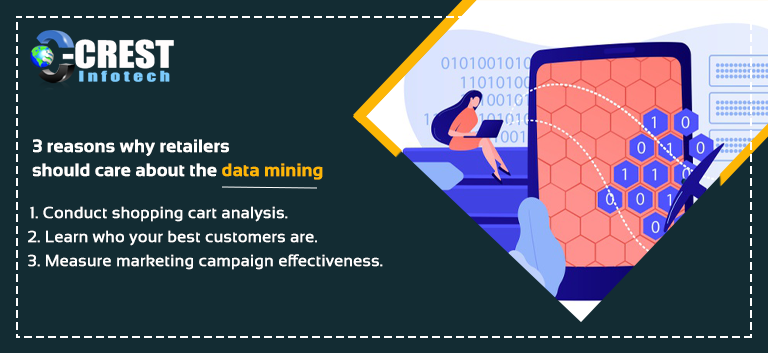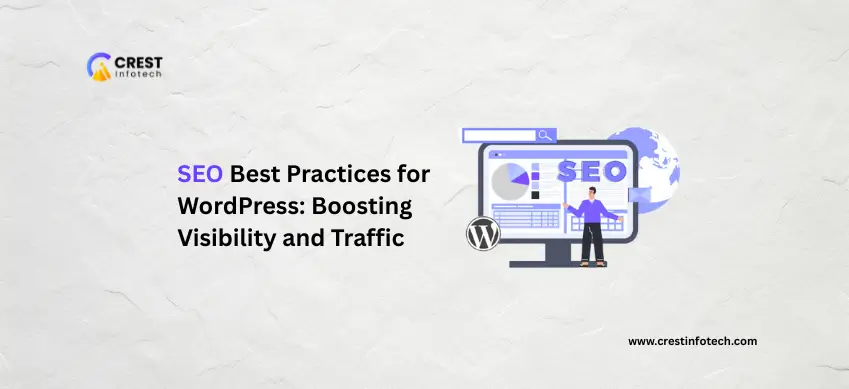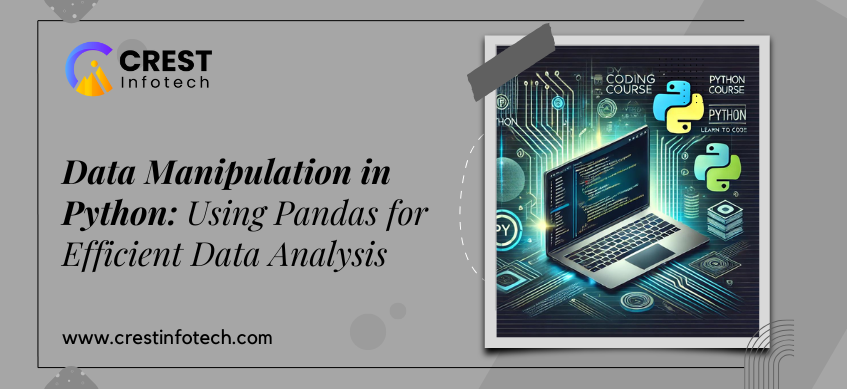Retailers need to know what they can about their consumers in an increasingly competitive market space: who they are, what they buy what they buy, why do they buy? And retailers can answer all those questions and more thanks to the amount of data floating around about consumer shopping habits, given they have the technology needed to capture, organise, clean, and analyse that information. As part of a market intelligence programme, through data mining, retailers will get real answers to real questions in real-time.
As part of a market intelligence programme, through data mining, retailers will get real answers to real questions in real-time.
Conduct shopping cart analysis.
Shopping cart (or market basket) research is widely used by retailers to better understand buying habits for consumers. Data tracked with shopping cart analysis can be used to create more pointed behaviour aimed at cross-selling items often bought together, up-selling consumers at check-out, and matching products with higher profit margins alongside high-demand products.
To refine assortment preparation and verify promotions, companies can exploit the insights gained from a shopping cart study. For example, if an online retailer offers a free shipping deal, does that cause more activity than a coupon that is 10% off? Over time, retailers may use the data derived from the study of shopping carts to direct their marketing and sales practises to achieve the right customers with the right offers at the right times.
Learn who your best customers are.
For a retailer, nothing is more critical than really understanding their clients. And they will learn precisely who their best customers are with data mining tools, what drives them to shop, how often they purchase, how much they pay per order, and more. Retailers can effectively separate clients into high-spend, medium-spend and low-spend client groups with this form of market intelligence.
They will use the information to better understand their consumers’ purchasing habits, contact preferences, and merchandising preferences, and then group them according to these characteristics and concentrate on one segment at a time. In performance scorecards that concentrate on key metrics, BI reporting can easily organise customer data such as:
- Lifetime revenue contribution
- Discount impact
- Net profitability
- Customer performance by month
- Channel profitability
- Customer trends
- RFM frequency
All this data, and more, tells you the true story of your customer base. You aren’t guessing at their buying behaviour–you can track and measure it.
Measure marketing campaign effectiveness.
Retailers must also ensure that their marketing campaigns reach the right customers with the right products that inspire action at the right time. They can track all their different marketing strategies or promotions with data mining capabilities, to see which ones have the greatest return. Retailers can, for example, use business intelligence tools to:
- Track how much each promotion costs to prevent excess spending.
- Track and track which consumers use delivery, discounts and BOGO promotions… and which channels (online, social, foot traffic) produce the most sales.
- To assess which marketing strategies bring in higher-spending consumers, evaluate consumer profitability.
- Consider how much sales rose during a promotional period
This knowledge can then be used to evaluate the frequency of marketing campaigns for a retailer, which type of campaign would be more successful, and to help better plan a strategy for a multi-channel campaign.
Retailers can increase profit and sales using data mining and market intelligence tools by understanding which consumers and goods actually drive their business.
You can also Hire Dedicated Developer and Hire Dedicated Designers. Contact Crest Infotech to know more about Dedicated Development and Designing services in Details.



